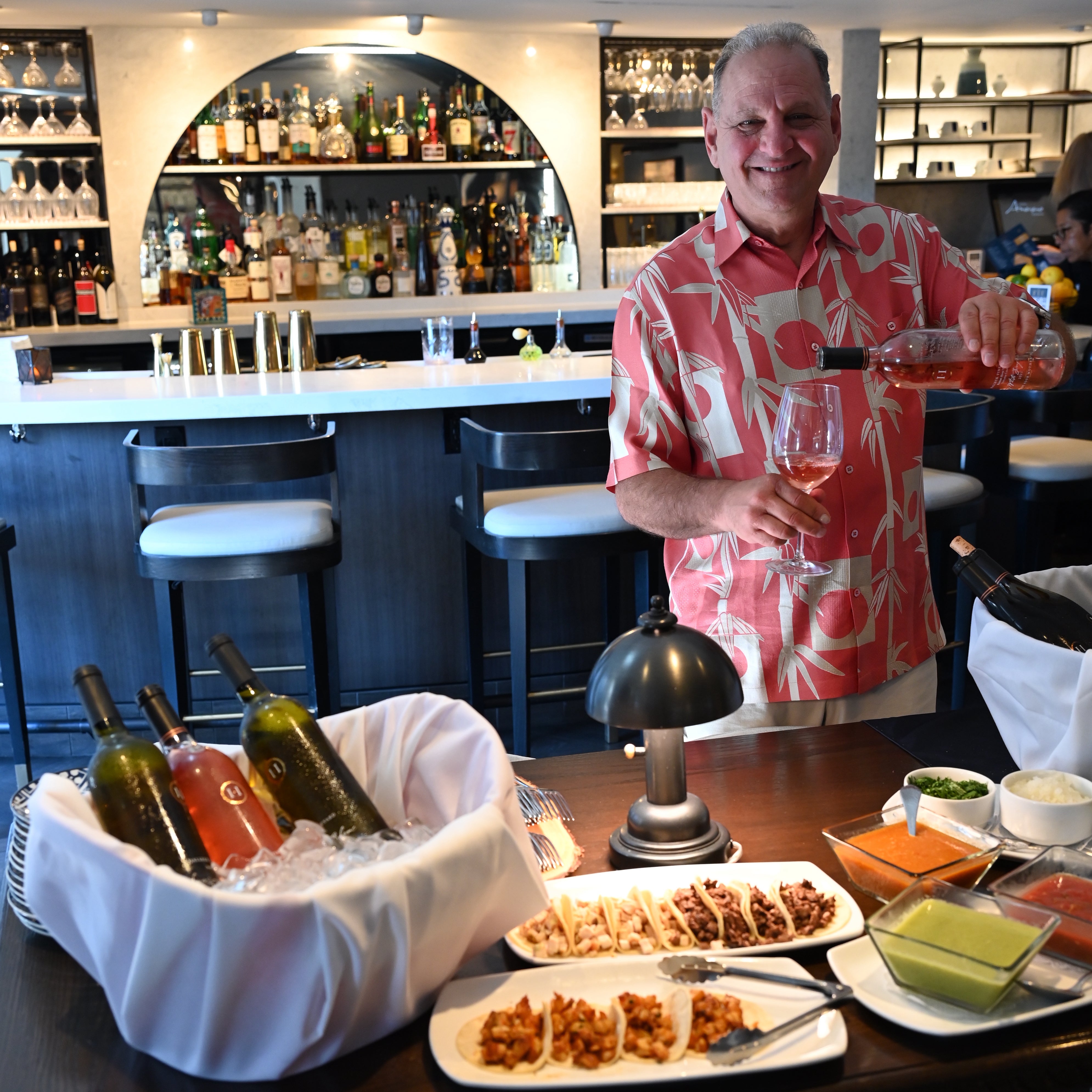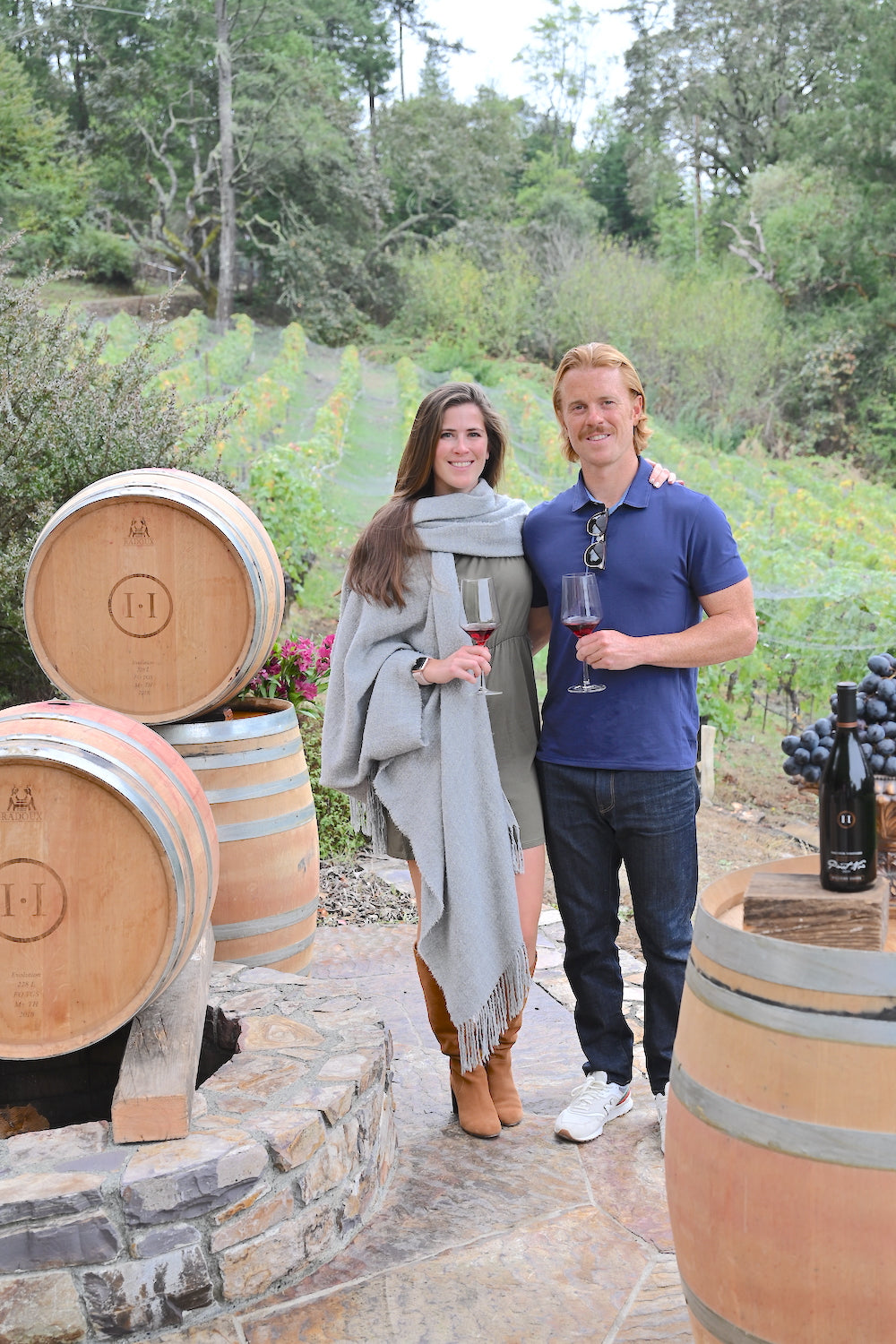Wineries Located Near Russian River Valley - Wineries To Visit
Wineries Located Near Russian River Valley - Wineries To Visit
Blog Article
Best Wineries For Sunset Views In Sebastopol - Explore Sebastopol Area Vineyards
Wine tasting has been a cherished tradition for tons of of years, with roots deeply intertwined in varied cultural practices. The journey of winery wine tasting traditions reveals a wealthy tapestry of history, social customs, and regional influences that have shaped how wine is appreciated at present.

The origins of wine tasting could be traced back to historic civilizations, notably in regions similar to Mesopotamia, Egypt, and Greece. These early societies positioned significant importance on wine, each for its social and religious implications. In historic Greece, wine was not only a beverage; it was a vital part of spiritual ceremonies and festivals, usually dedicated to Dionysus, the god of wine and fertility. These celebrations involved communal ingesting, the place the standard of wine was mentioned and debated, serving as an early type of wine tasting.
As the centuries progressed, the Romans further developed wine tradition. They introduced varied techniques for viticulture and winemaking, and their appreciation for wine led to the institution of numerous vineyards across their empire. Wine grew to become an integral a part of social life, and lavish banquets were organized where completely different wines had been sampled, allowing patrons to discuss characteristics corresponding to style and aroma (Charming Wineries Offering Wine And Food Pairings).
During the Middle Ages, wine continued to play an important function, particularly within monasteries the place monks grew to become the guardians of winemaking. They meticulously cultivated vineyards and produced wine for each religious sacraments and local consumption. These non secular establishments had been pivotal within the preservation of viticultural knowledge. Wine tasting during this period typically concerned easy evaluations at native gatherings, where it served as a method of fostering neighborhood.
Wineries Renowned For Cabernet Sauvignon In Sonoma - Enjoying The Best Wineries In Sebastopol
The Renaissance marked a significant shift in wine tasting traditions. There was a revival of emphasis on the humanities and sciences, and with this renewed interest came developments within the understanding of wines. As aristocrats began to experiment with numerous flavors and styles, the practice of tasting wines grew to become more refined. This era brought concerning the establishment of formal wine tastings, where wines from totally different areas had been compared and contrasted, highlighting terroir—the distinctive traits derived from a particular geographical area.
In the 18th century, wine tasting started to evolve into a more structured practice. The emergence of wine enthusiasts and connoisseurs led to the creation of organized events centered around wine tasting. As different wine regions in Europe developed their distinctive identities, tasting turned the key to understanding these variations. Outstanding figures started to publish guides and evaluations, documenting the intricacies of wine from specific vineyards.
The nineteenth century introduced scientific developments that reworked the wine business. Techniques corresponding to cork closure and bottle growing older revolutionized the means in which wine could presumably be stored and loved. This period additionally marked the rise of the wine critic and the importance of expert opinions. Wine tastings became extra focused on professional evaluations, with distinctive methodologies rising to assess high quality.
Wineries Renowned For Cabernet Sauvignon In Sonoma - Wine Tasting Activities In Sebastopol
In the United States, significantly through the late 20th century, winery wine tasting traditions took on a new dimension. The California wine trade emerged as a formidable player on the global stage, primarily because of the Napa Valley's improvement. The Judgement of Paris wine tasting in 1976 served as a pivotal moment, placing American wines on the map and prompting a surge in curiosity in wine tourism. Vineyard excursions and tastings turned commonplace, permitting guests to explore not solely the wines but in addition the intricacies of the winemaking process.
Wine tasting has not remained static; it continues to adapt and evolve with altering consumer preferences. At Present, there might be an emphasis on experiential tastings, where guests are encouraged to work together not just with the wine but additionally with the surroundings during which it is produced. Many wineries offer a selection of tasting experiences that embrace food pairings, academic classes, and even immersive activities that highlight the agricultural practices behind wine manufacturing.

As global awareness of sustainable practices grows, many tasting traditions now incorporate rules of sustainability and organic viticulture. Wineries that prioritize eco-friendly practices are more and more well-liked, and guests usually seek out tastings that mirror these values. Exploring the history behind winery wine tasting traditions illuminates not solely the evolution of tasting techniques but additionally the broader societal shifts that have influenced wine culture.
The rich sensory experience of wine tasting is deeply rooted in neighborhood and collaboration. Whether it is a casual gathering of pals or a proper tasting event, the act of savoring wine is commonly accompanied by storytelling and More Help connection. These traditions foster not just an appreciation for the wine itself but also the relationships formed around it.
Wineries With Outdoor Seating - Sonoma Wine Region Vineyards
In conclusion, exploring the history behind winery wine tasting traditions reveals a fascinating interaction of tradition, innovation, and social engagement. As wine continues to evolve, so too do the ways in which it's tasted and loved. This historical journey not only highlights the significance of wine in human civilization but additionally sheds light on the ever-changing landscape of wine appreciation. The experiences we create around wine tastings will keep it up this wealthy legacy for generations to come back.
- The ancient practice of wine tasting could be traced again to the Greeks and Romans, who held elaborate feasts to showcase their most interesting vintages and indicate social status.
- In medieval Europe, monasteries turned key gamers in wine manufacturing and tasting, as monks refined techniques and established traditions that also influence wine culture today.
- The introduction of wine tasting events in England through the 18th century marked a shift from private gatherings to public curiosity, resulting in the primary recorded wine tasting competitors.
- The establishment of the French AOC (Appellation d'Origine Contrôlée) system in the 1930s formalized wine tasting practices, helping to preserve regional identities and enhance the evaluation process.
- The Rise of the New World wine regions in the late 20th century expanded wine tasting traditions, bringing numerous styles and flavor profiles to international audiences, which reshaped shopper preferences.
- Wine tasting as an academic experience gained recognition within the Nineteen Seventies, with sommelier programs and tasting workshops changing into essential for hospitality professionals and wine enthusiasts.
- The evolution of sensory evaluation techniques has remodeled wine tasting, allowing tasters to scientifically assess the complexity of aromas and flavors, enhancing each appreciation and criticism.
- Technology performs a significant position right now, with apps and online platforms providing shoppers access to tasting notes, scores, and virtual tasting events, democratizing the wine tasting experience.
- Cultural influences have diversified wine tasting traditions; for example, some traditions incorporate food pairings and local customs, enriching the tasting experience across various regions.
- Sustainability has emerged as a focus in modern wine tasting practices, with an emphasis on organic and biodynamic wines, reflecting customers' rising ecological consciousness.undefinedWhat is the origin of wine tasting traditions?
- Hidden Gem Wineries In Sonoma County
Wine tasting traditions date back thousands of years to historic civilizations such as the Greeks and Romans, who celebrated wine not only as a beverage but also as a cultural and social experience. Over time, these practices developed, together with the event of vineyards and winemaking techniques, resulting in the formal tasting events we see right now.
How have wine tasting practices modified over time?
Unique Wine Blending Experiences In Sonoma - Wineries With Stunning Views In Sonoma
Wine tasting practices have shifted from casual gatherings to structured events that emphasize education and appreciation. Initially, tastings had been about evaluating quality somewhat than sensory enjoyment. Today, tastings usually include aspects of wine production, regional traits, and food pairings, making them more interactive and informative.
What is the importance of terroir in wine tasting?
Terroir refers to the distinctive environmental conditions affecting grape rising, including local weather, soil, and topography. This idea is essential in wine tasting because it helps tasters appreciate how these elements affect the flavor profiles and traits of different wines, offering deeper perception into each wine's story.
Wineries With Estate-Grown Grapes - Discovering Sebastopol's Wineries
Why are particular glasses recommended for wine tasting?
Completely Different kinds of wine glasses are designed to enhance the tasting experience - Wineries With Estate-Grown Grapes. Each glass form influences the aroma and flavor perception, serving to to spotlight the wine's best qualities. The proper glass can elevate the sensory experience, permitting tasters to completely appreciate the nuances of the wine.
Wineries With Scenic Views - Vineyards In The Sonoma Region
What position does the winemaker play in wine tasting traditions?
The winemaker is essential in shaping the wine's character and quality. Their expertise in blending, fermentation, and getting older techniques immediately impacts the tasting experience. Many tastings embody opportunities to fulfill winemakers, providing insight into their philosophies and the creative processes behind their wines.
Wineries Offering Charcuterie And Wine Pairings - Vineyard Experiences In Sonoma
How can I put together for a wine tasting visit?
To put together for a wine tasting, familiarize your self with the winery's offerings and regional wines. Think About visiting their web site or learning about their grape varieties and production strategies. Moreover, it's useful to have a fundamental understanding of wine tasting techniques, such as the method to assess aroma, shade, and palate.
What should I anticipate throughout a winery wine tasting experience?
Affordable Wine Tastings In Sonoma County - Enjoying The Best Wineries In Sebastopol
During a winery tasting, you can count on a guided experience where employees will current selected wines, usually including details about their manufacturing and tasting notes. Tastings may additionally contain food pairings or discussions about the winery's history. It Is a possibility for both training and delight in a relaxed environment.
Are there etiquette guidelines for wine tastings?
Yes, there are a number of etiquette a knockout post pointers to follow during wine tastings. It's advisable to arrive on time, hearken to the host, and be respectful of others. Spitting is appropriate as it lets you enjoy multiple wines without intoxication. Finally, asking questions and fascinating with staff exhibits your interest and enhances the experience.
Beautiful Picnic Areas At Sonoma Wineries - Sonoma Wine Tasting Adventures
What is the influence of cultural traditions on wine tasting?
Cultural traditions significantly shape wine tasting practices all over the world. Regions could incorporate local customs, rituals, or food pairings into their tastings, reflecting their heritage. This variety enriches the wine tasting experience by offering unique views and insights into how wine plays a task in varied cultures. Report this page